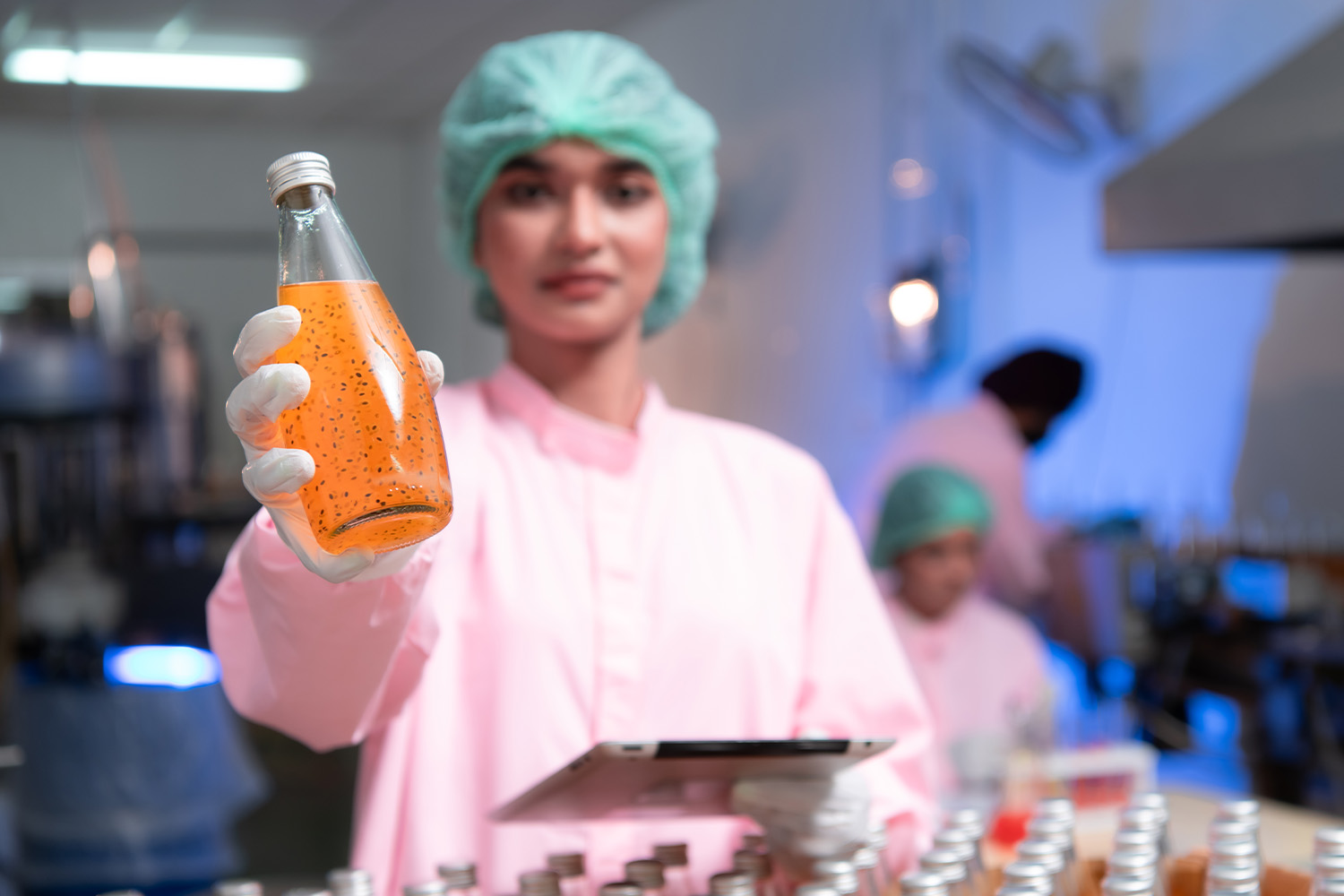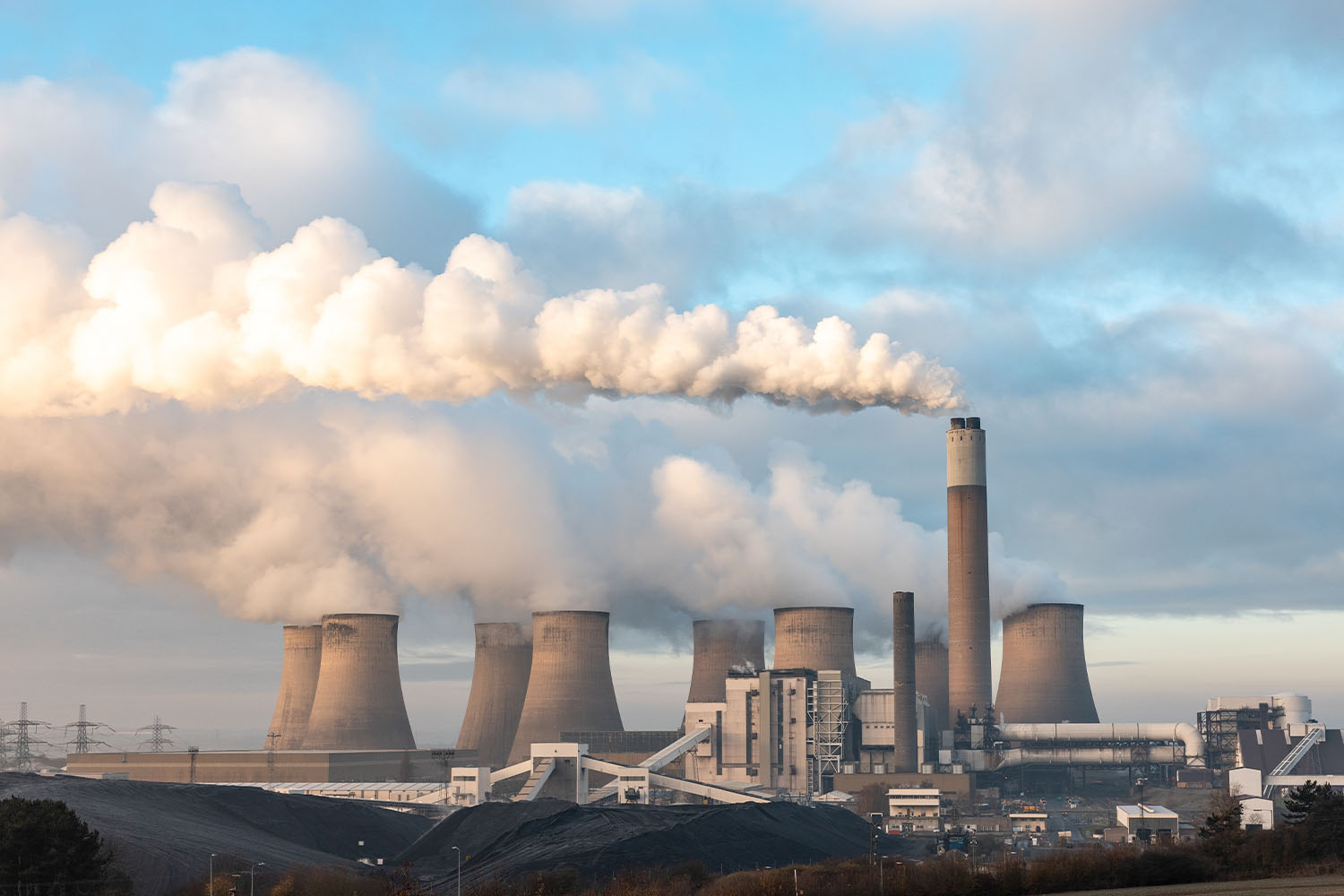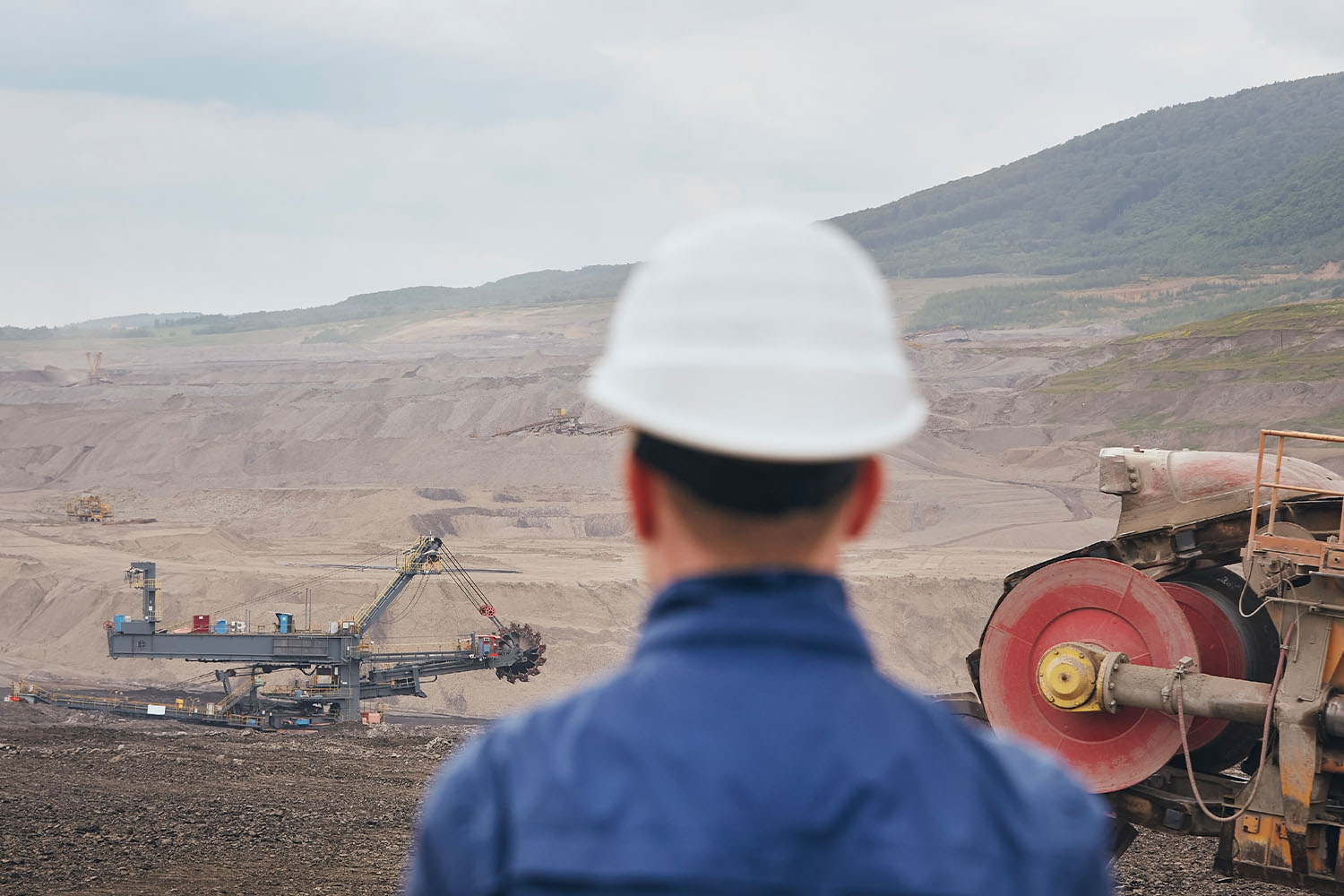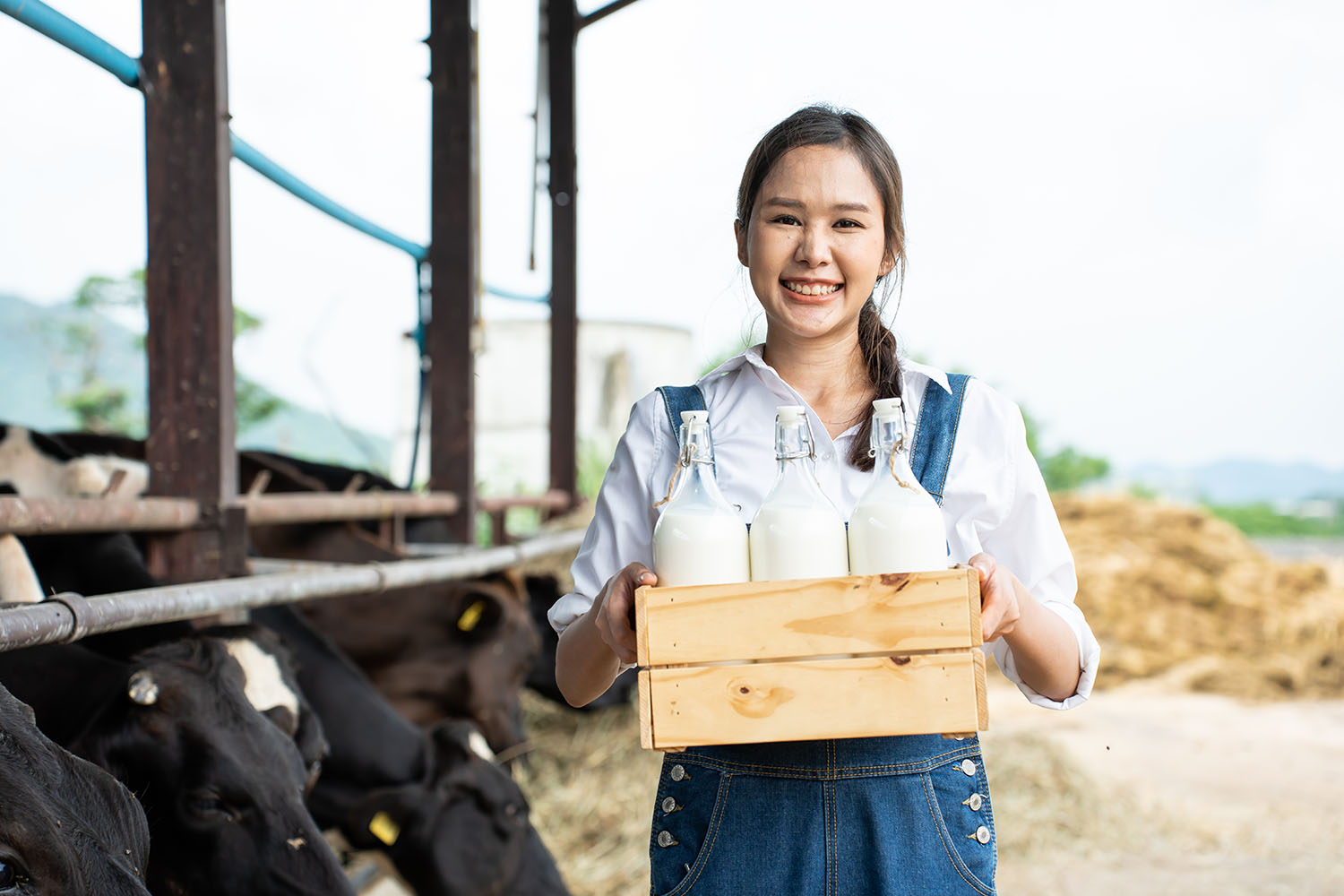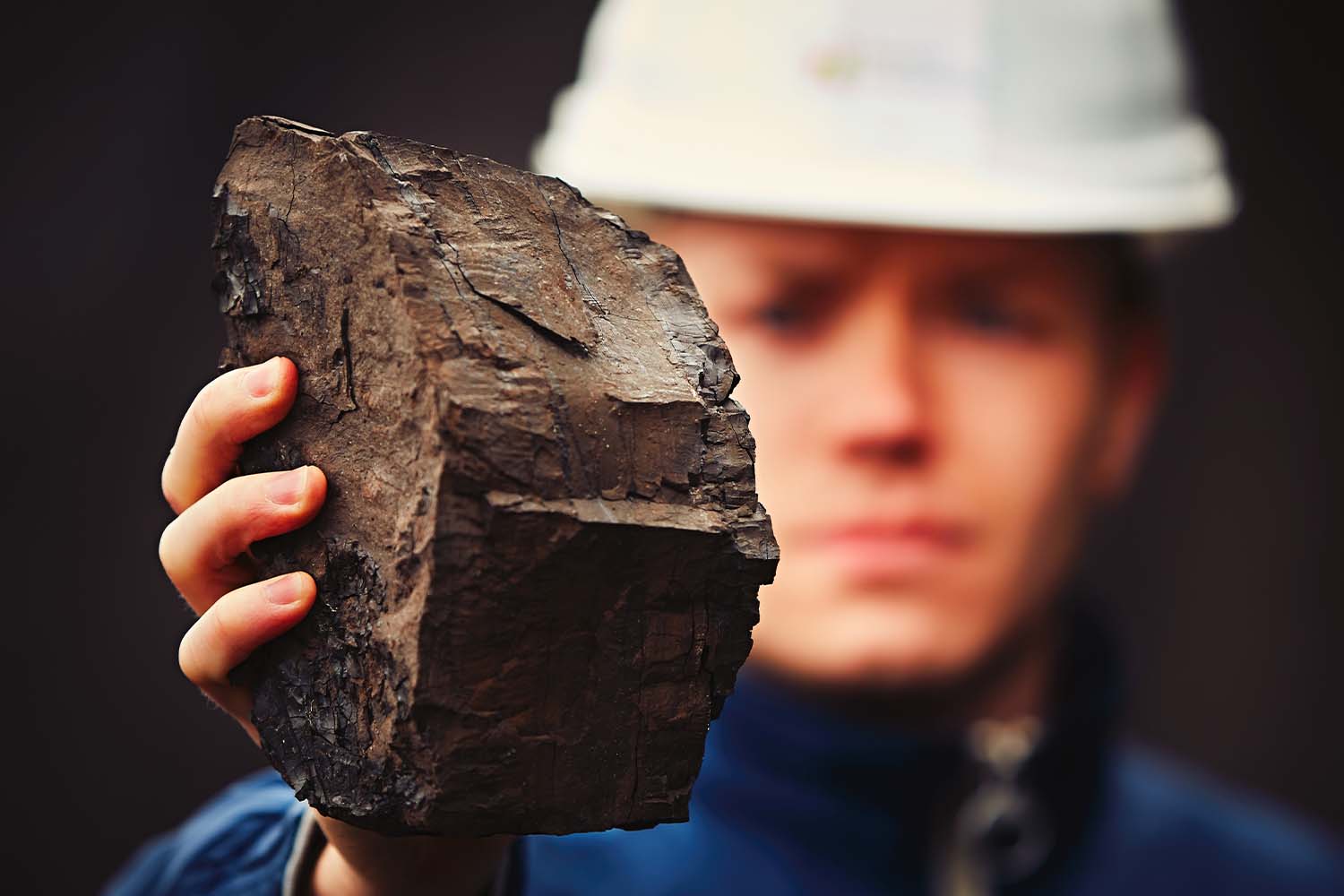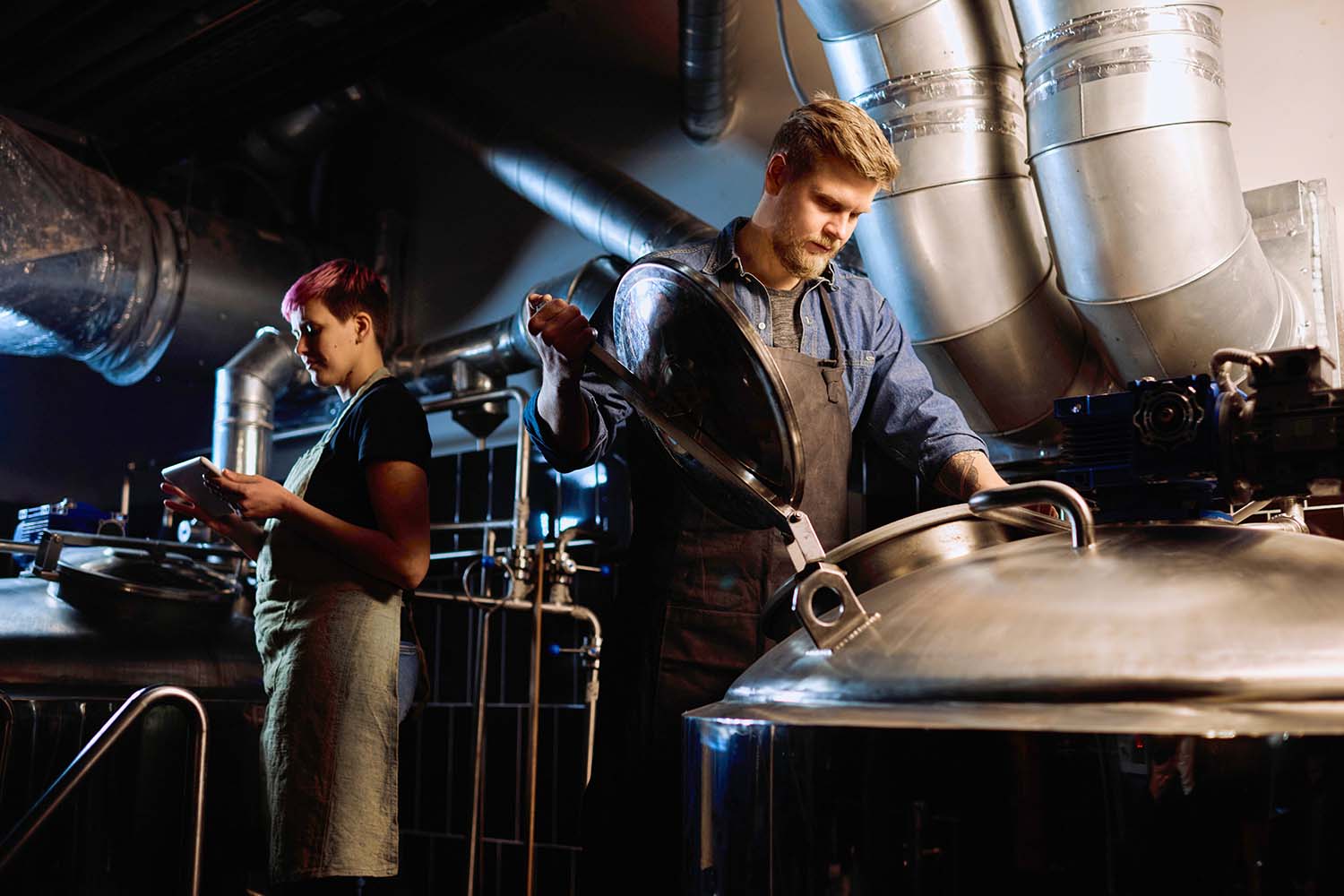Introduction to Beer Brewing
Beer, a beloved beverage with ancient roots, is produced through the fermentation of malted barley and other cereals. This process, influenced by the addition of hops and yeast, results in a drink varying from golden yellow to dark brown, with a distinctive taste and aroma. Its production is a meticulous blend of art and science, resulting in a global market of 1.89 billion hectoliters in 2022.
The Essence of Beer Ingredients
The primary ingredients of beer include water, barley, cereals, and hops. These components undergo various processes, culminating in a product with specific chemical and physical properties, such as alcohol content ranging from 3% to 8% and a significant amount of dissolved CO2. The production of beer is not only a culinary art but also a sophisticated hydro-energy process.
Historical Context and Modern Evolution
Beer’s history dates to Mesopotamia between 3500 – 3100 BCE, evolving significantly in Western cultures. Modern breweries, from local craft to large multinationals, have embraced technological advancements, automating production lines for efficiency and consistency. This evolution reflects the complex nature of beer production and its varied market demands.
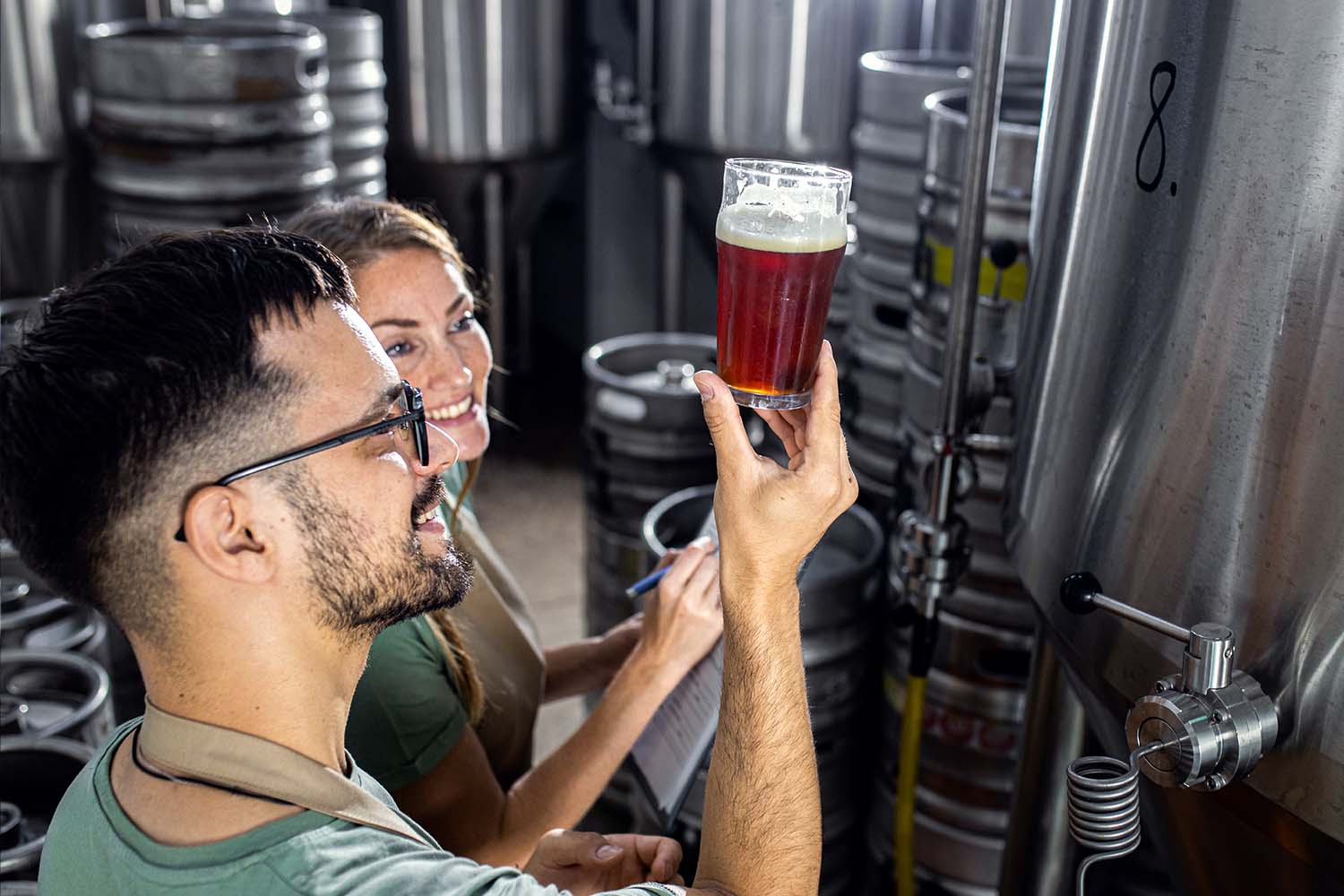
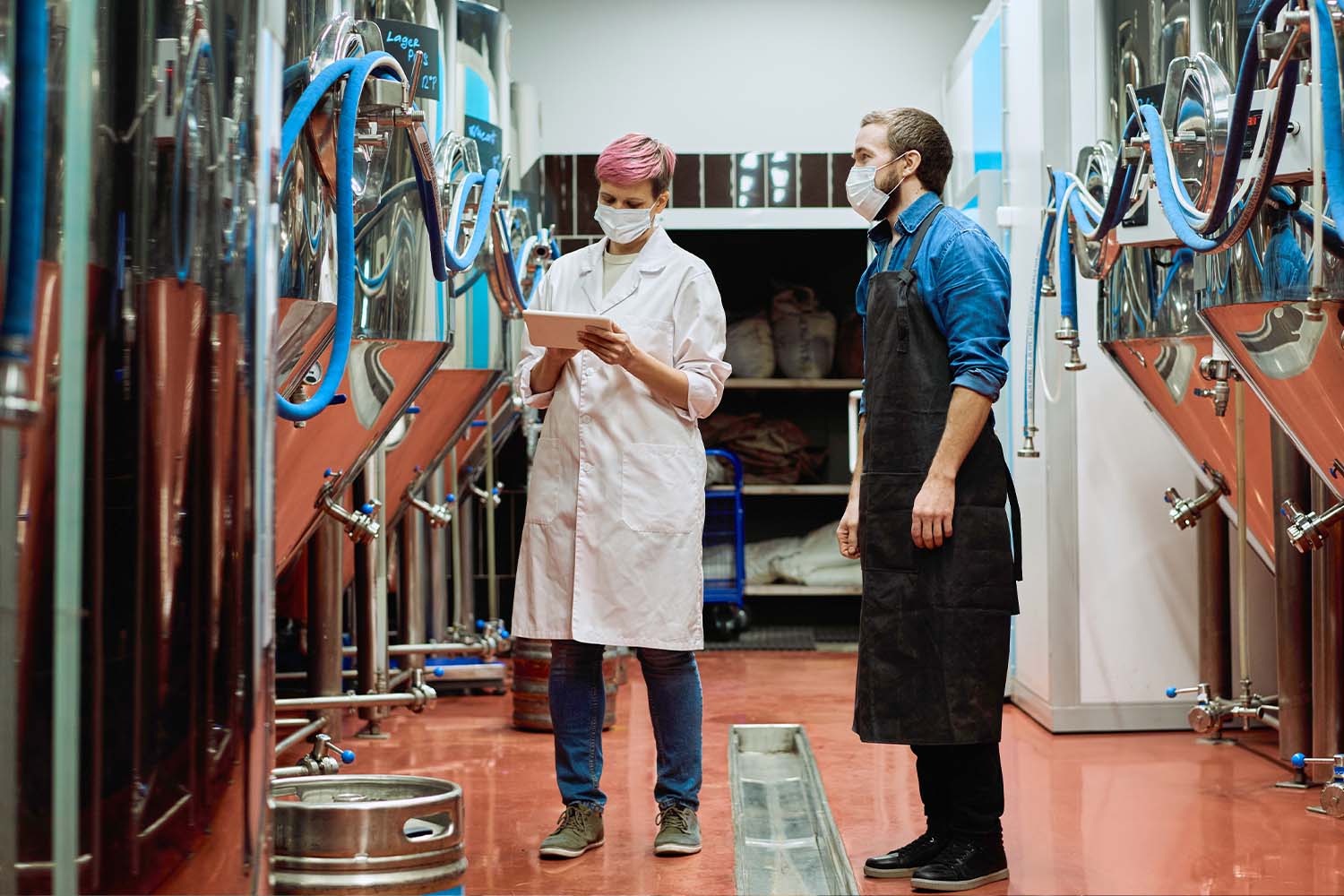
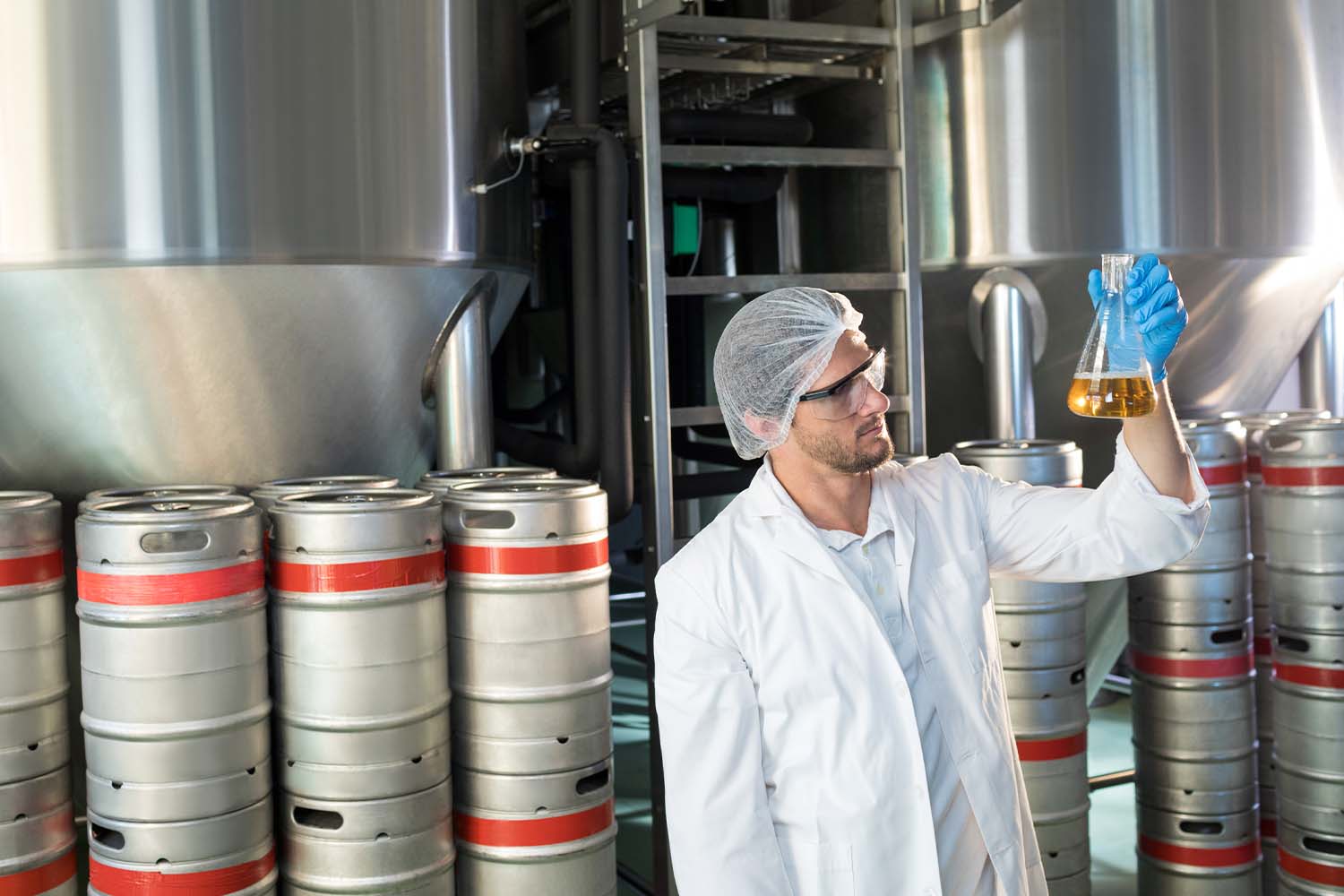
Brewery Set-Up: A Technical Overview
Breweries, regardless of size, share common brewing processes but differ in execution details. Key steps include malting, mashing, boiling, and fermentation, each critical for quality and flavour. Understanding these processes is crucial for both automation technicians and brew masters.
Malting: The Foundation of Flavour
Malting is the first critical step in beer production, where barley germinates to produce essential enzymes for starch breakdown. This process, requiring precise humidity control, leads to the creation of fermentable sugars, setting the stage for the beer’s eventual flavour and alcohol content.
Mashing and Lautering: Extracting the Wort
Mashing involves mixing crushed malted barley with hot water, extracting sugars and flavours. The mash then moves to the Lauter Tun, where wort is separated from solids. This stage is vital for defining the beer’s characteristic flavours and preparing for the boiling process. In this part of the process is transforming the starchy substance in the liquid into fermentable sugars therefore a liquid concentration analyser like a refractometer or sound velocity meter can be used to track the concentration of sugar in the liquid.
Boiling: Crafting the Brew
The boiling stage serves multiple purposes: sterilizing the wort, extracting hop flavours, and precipitating unwanted proteins. This complex process requires precise temperature and time control, impacting the beer’s final taste, colour, and clarity. It is also important at this point in the process to know the concentration of the wort as there is an optimum value the brewer is targeting to get the correct outcome in the fermentation process. Refractometers can also be used in this part of the process to track the concentration and sugars in the wort.
Fermentation: Alcohol and Carbon Dioxide Creation
Fermentation is where yeast transforms sugars into alcohol and carbon dioxide, defining the beer’s alcohol content and carbonation level. The choice of yeast and fermentation method (top or bottom fermenting) significantly influences the beer’s style and flavour profile. In this part of the process, it is also important to analyse the product both in the laboratory, at the line and also using inline Beer analysers
High Gravity Brewing: A Specialized Approach
High Gravity brewing involves fermenting wort with higher sugar concentrations, resulting in beers with higher alcohol content. This advanced technique allows to produce specialized beers, showcasing the versatility and scientific precision of modern brewing. Typically high gravity beers are blended to produce the final beer at the correct alcohol content, here inline beer analsyers are used for the measurement of the final Alcohol and also CO2.
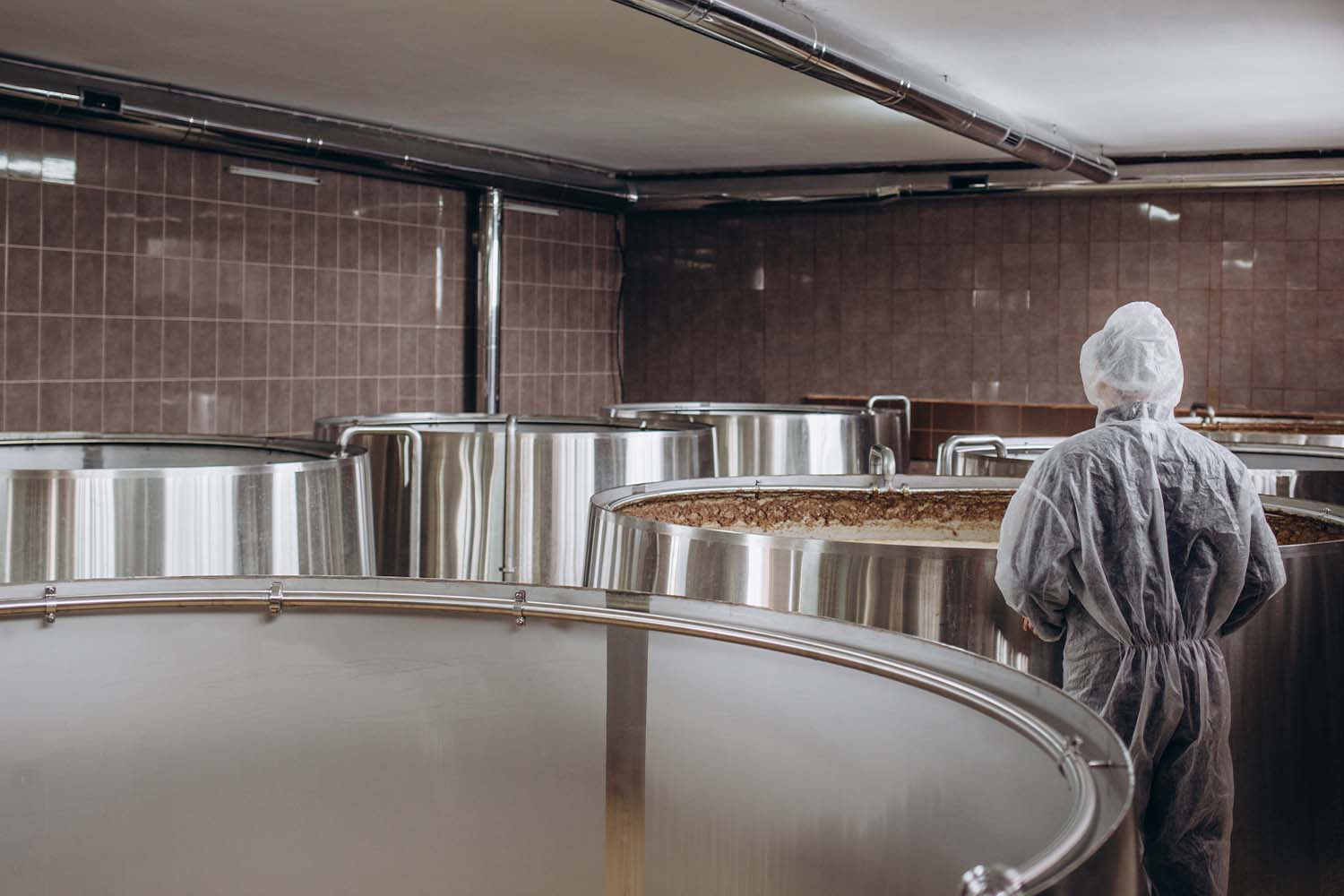
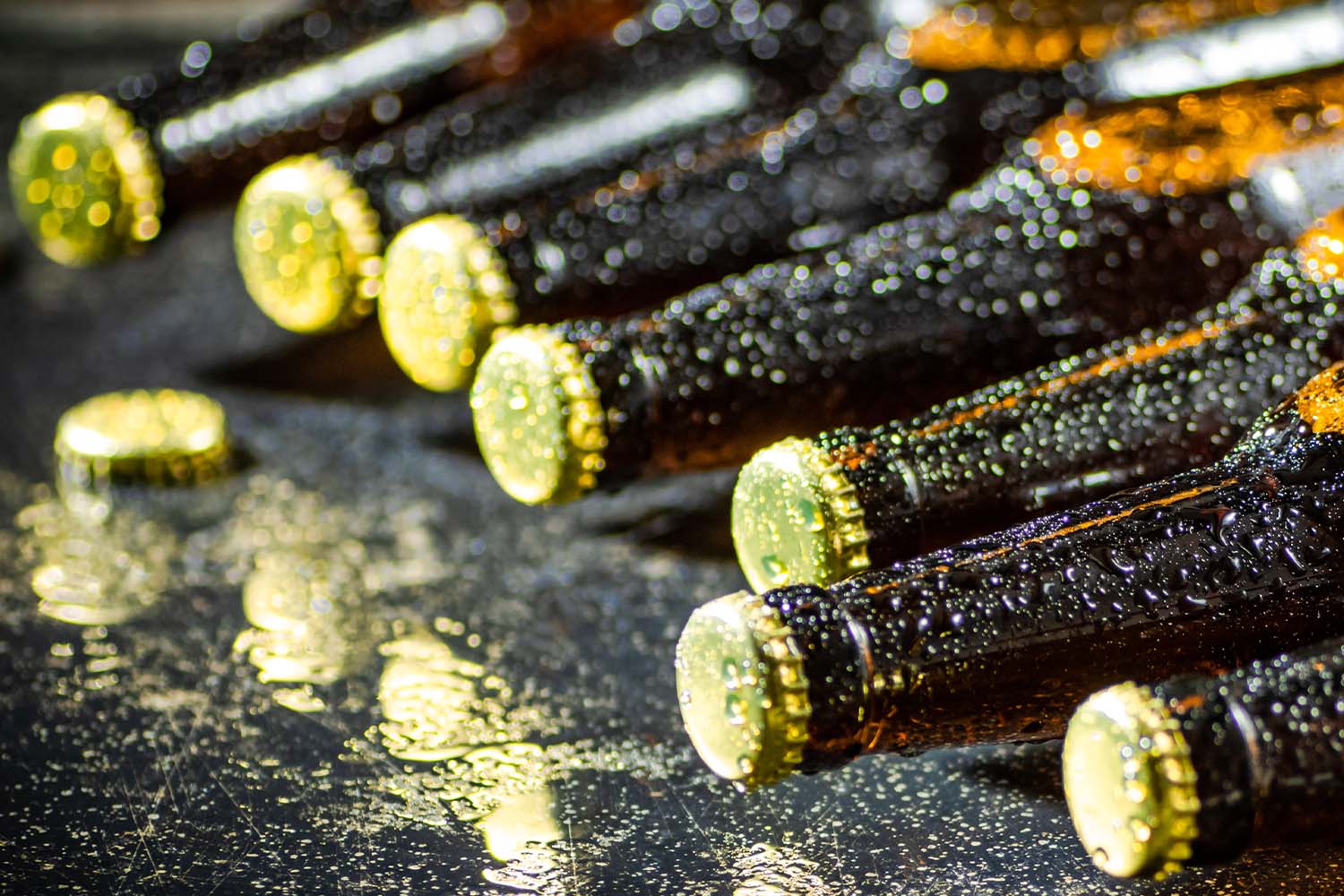
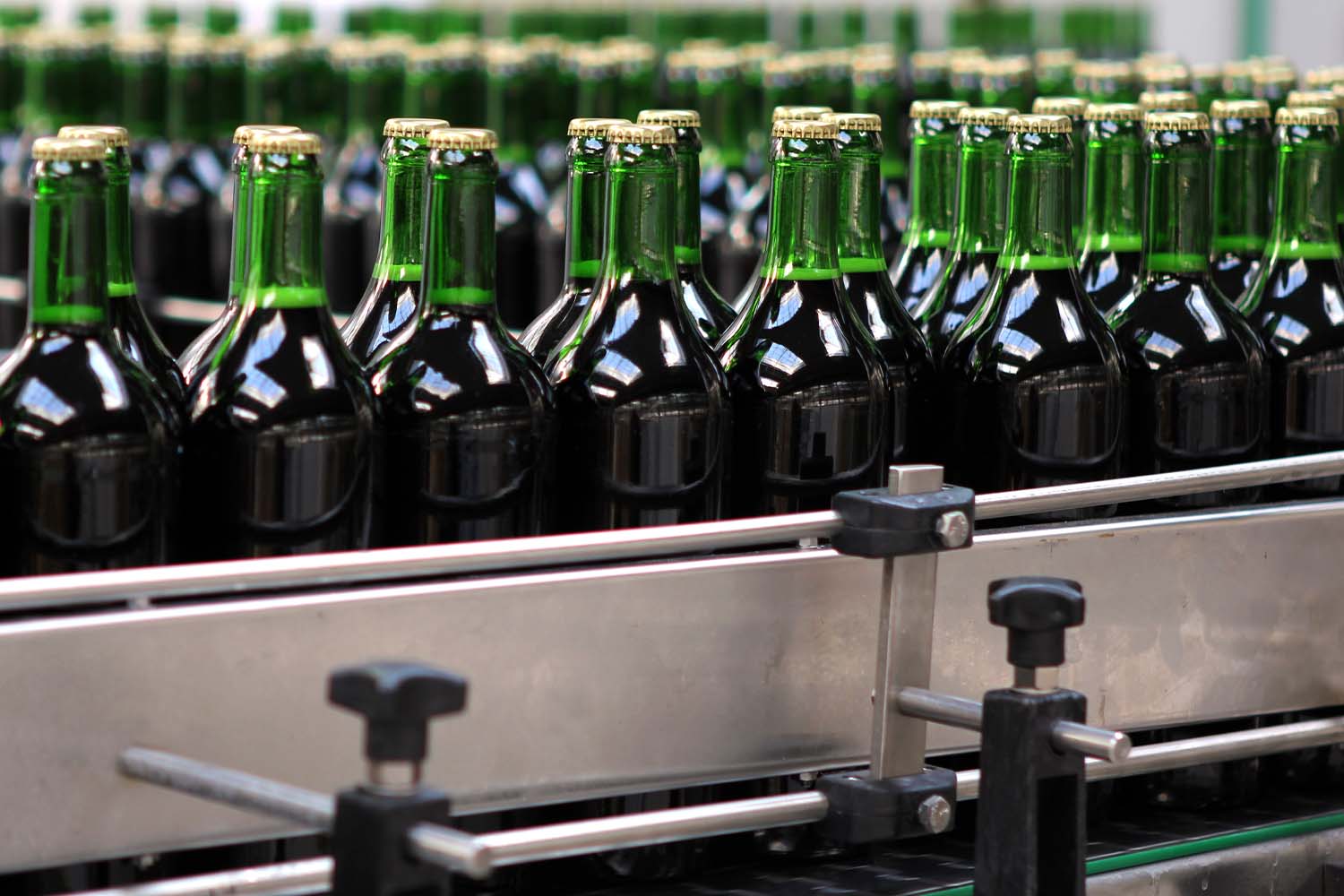
Bottling: The Final Stage
Bottling is a critical phase where the matured beer is prepared for consumption. This process involves filtration, quality control, and careful handling to ensure the beer’s flavour and quality remain intact from the brewery to the consumer. Typically, before filing the final analysis of the Beer is made the use in Inline analysers in this part of the process is critical to provide the brewer with real time measurements of the Alcohol and CO2.
Quality Control and Legal Aspects
Quality control and adherence to legal standards are paramount in beer production. Brewers must monitor alcohol levels and other parameters to comply with various national and international regulations, reflecting the importance of precision and responsibility in the industry.
How to measure your beer quality during production?
In our previous Blog we discussed various stages in the beer production process and the importance of quality measurement during each phase. It covers malting, mashing, lautering, wort boiling, fermentation, and bottling, emphasizing the need for precise control and monitoring to ensure quality. The article also mentions the significance of modern instrumentation in these processes, particularly in large-scale production, to maintain consistency and meet industry standards. For a detailed exploration of these stages and the role of technology in beer quality measurement, you can read the full article here.
Beer blending and Wort cooking using in line analysers
Another article for reference focuses on the use of in-line analyzers in beer blending and wort cooking. It highlights the advantages of using a blending system for high gravity beer, the importance of controlling the final beer strength, and the role of in-line refractometers in managing wort concentration. The piece also discusses the benefits of integrating these analyzers with a brewery’s control system for efficient process monitoring and quality control. For a comprehensive understanding of how these technologies optimize beer production, the full article can be accessed here.
Conclusion: A Blend of Tradition and Technology
Beer production is an intricate blend of historical tradition and modern technology. From selecting quality ingredients to mastering brewing techniques and meeting regulatory standards, each step is crucial in crafting the beers enjoyed globally. This journey from grain to glass showcases the remarkable art and science behind brewing.


